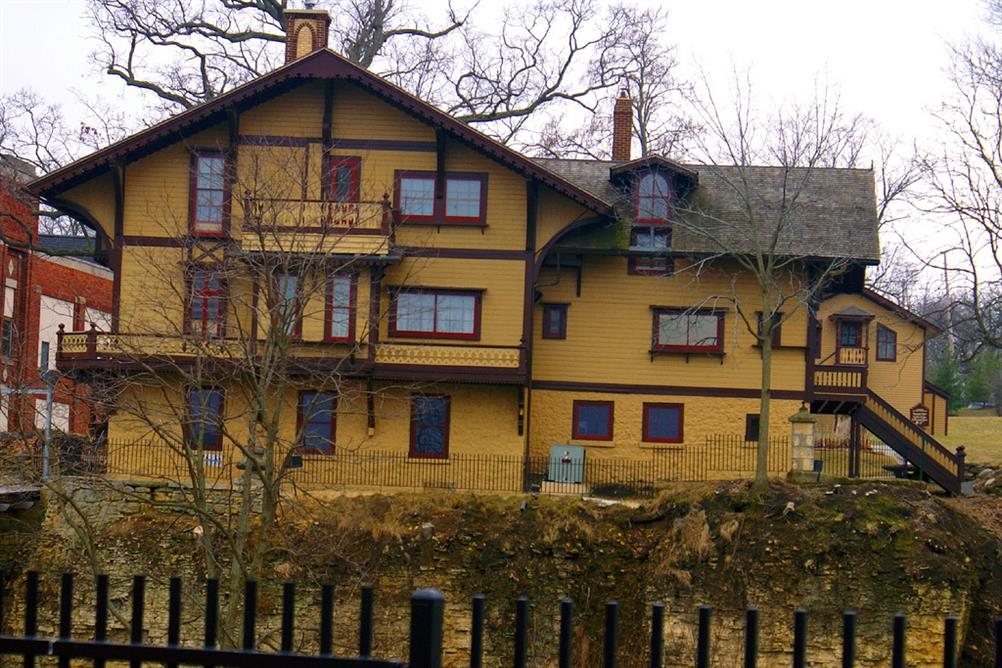World Series umpire hails from Joliet
- Details
 Joliet’s own Mark Carlson will be umpiring the World Series between the Los Angeles Dodgers and the Tampa Bay Rays! Carlson, a graduate from Joliet West High School, is making his second World Series appearance.
Joliet’s own Mark Carlson will be umpiring the World Series between the Los Angeles Dodgers and the Tampa Bay Rays! Carlson, a graduate from Joliet West High School, is making his second World Series appearance.
“It’s an exciting feeling to be chosen to work a World Series event,” Carlson said. “It’s a great feeling.”
Haunted places to visit in Illinois
- Details
A typical haunted house features actors in creepy masks and spooky costumes, jumping out to startle guests—but there are places in Illinois where the scares aren’t just entertainment. You’re in for a real fright at these haunted homes.
Tinker Swiss Cottage, Rockford

This unassuming cottage is purported to have served as a home for terminally ill children. Some people claim they hear humming, as well as the voices of the children once housed there. But that’s not all: The spirits of the whole Tinker family are said to linger around the cottage, too.
The one with Friends in Chicago
- Details
 Upset that you can no longer watch Friends reruns on Netflix? Don’t worry! Warner Bros. and Superfly have opened the FRIENDS Experience in Chicago to give fans a chance to reenact all their favorite moments from the classic sitcom.
Upset that you can no longer watch Friends reruns on Netflix? Don’t worry! Warner Bros. and Superfly have opened the FRIENDS Experience in Chicago to give fans a chance to reenact all their favorite moments from the classic sitcom.
Visitors can walk through twelve rooms and explore set recreations, original props and costumes, and interactive moments. You can even hang out in Joey and Chandler’s apartment or take a seat on the famous orange couch from Central Perk.
Illinois Coalition Against Domestic Violence highlights importance of education and support
- Details

As a membership-based organization with over 50 members, ICADV works to eliminate domestic violence and provide support and direct service to survivors and their dependent children. In 1982, ICADV helped to write and pass the landmark Illinois Domestic Violence Act, twelve years prior to the first federal Violence Against Women Act in 1994.



